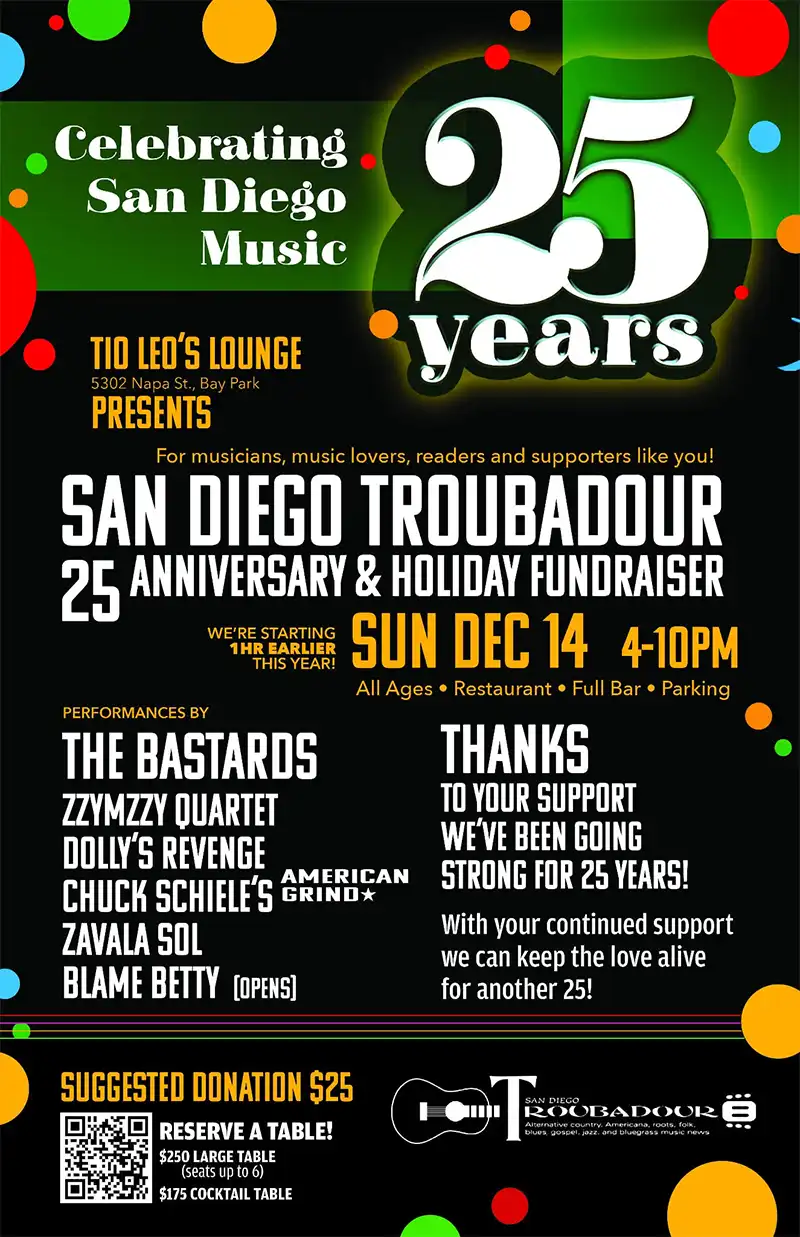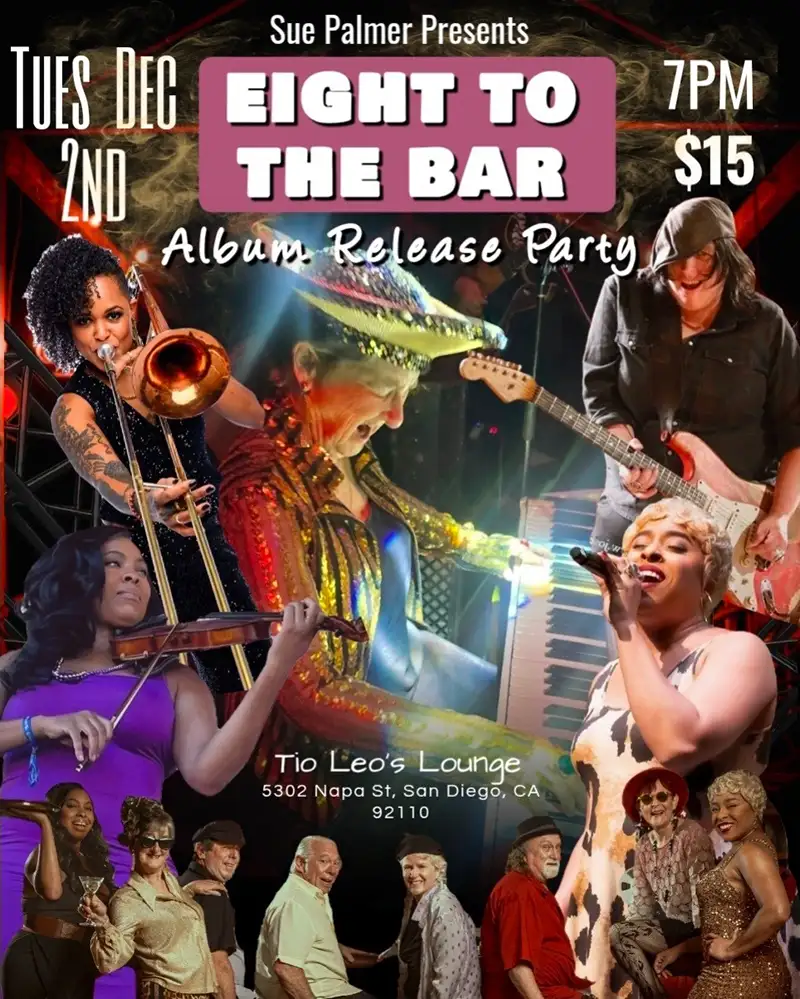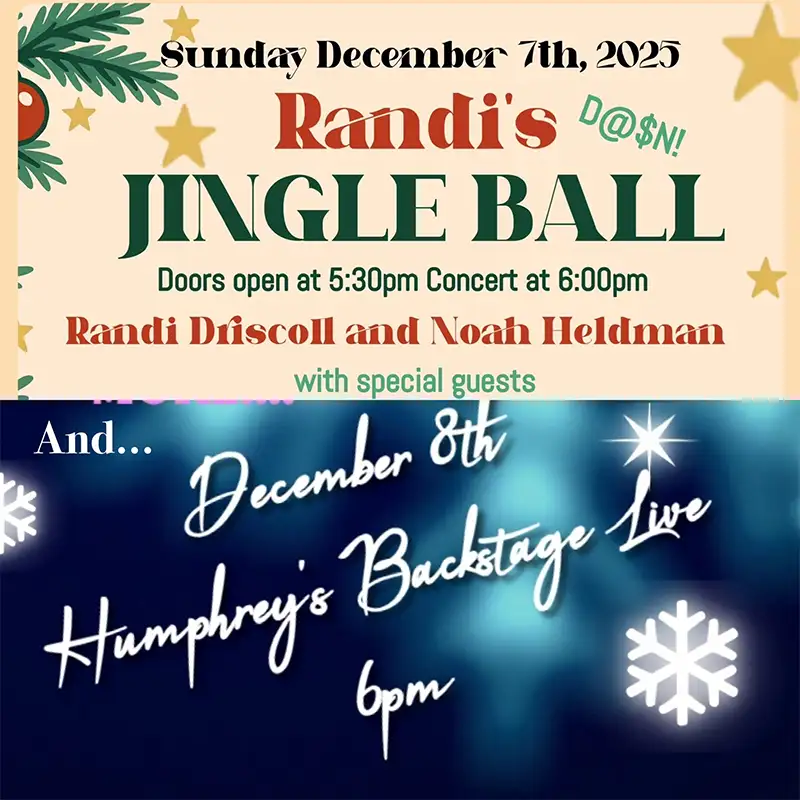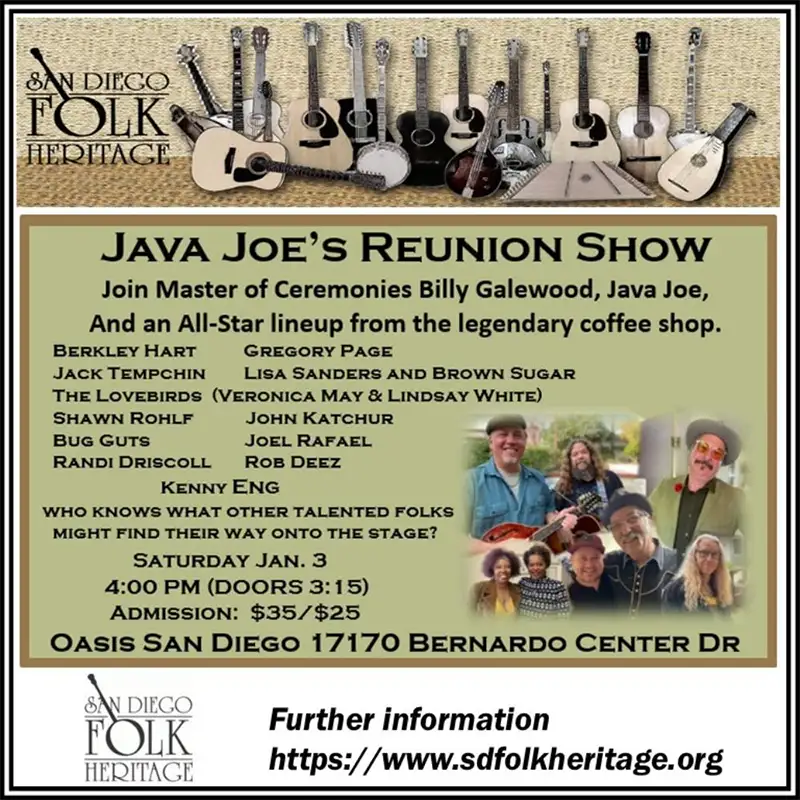Featured Stories
Remembering Larry Murray 1937-2025
The Troubadour lost our friend Larry Murray in May. Most people around here remember Larry from the Scottsville Squirrel Barkers, led by Ed Douglas. We got to know Larry, when the Squirrel Barkers were brought together for a reunion at the 2003 Adams Avenue Roots Festival. In addition, they performed a bonus concert at the Carlsbad Village Theatre. Mike Seeger also appeared at the Roots Festival that year, and we witnessed a beautiful thing when Chris Hillman went up to Mike after a set and told him how much Mike had been a huge musical influence on him when he was a kid. It was fun to hang out at Ed’s Double Eagle store (on Adams Ave.) in the back of the shop during those days and listen to all the jamming that was going on. We remember Larry as having a great sense of humor and being a very talented guy and good songwriter in his own right. But wait! He had a long career as a solo artist and band member before and after the Squirrel Barker days. Here’s a reprint of Lou Curtiss’ 2003 column, presenting a retrospective of Larry and his days with the band Hearts and Flowers, out of L.A. We will miss him.
A Hearts and Flowers Larry Murray-Bernie Leadon Reappearance
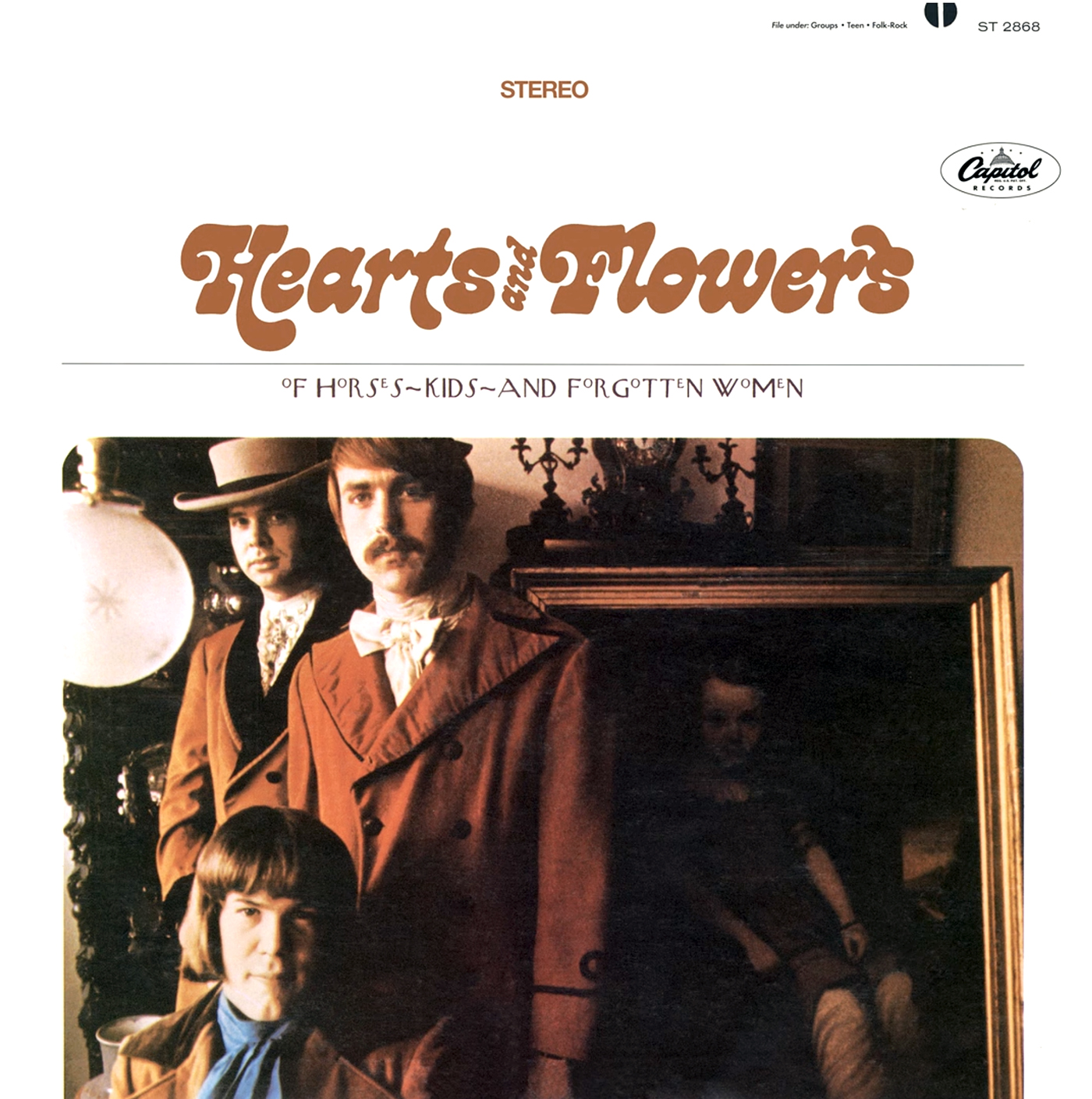
Hearts and Flowers’ second album, showing Bernie Leadon and Larry Murray on the cover. It’s really hard to find photos of the band members after such a long time!
Talk about the country-rock movement with just about anyone interested in that stuff and you’re going to hear that Gram Parsons single handedly pioneered the genre either with the Byrds’ Sweetheart of the Rodeo or maybe with the International Submarine Band’s Safe at Home, which predated his joining the Byrds by a few weeks.
A little taste of Hearts and Flowers…
The fact is that before Gram made the Southern California scene, others were delving into their own country and bluegrass roots and experimenting—among them former San Diego bluegrassers Larry Murray (who was, with Chris Hillman, one of the Scottsville Squirrel Barkers bluegrass band) and Bernie Leadon. Larry met up with two expatriate Hawaiians—Rick Cunha and Dave Dawson—on the L.A. club circuit. With them he found a unique vocal blend of mountain music, bluegrass, and honky-tonk country that soon found a home at Capitol records with the release of Now Is the Time for Hearts and Flowers. The album defined the word eclectic, with pure country stuff like Merle Haggard’s “I’m a Lonesome Fugitive” to Tim Hardin’s “Reason to Believe” and Donovan’s “Try for the Sun,” all with three-part harmonies and crazy instrumental combinations (pizzicato autoharp, sitar, cello, bowed bass, and dobro). The group played gigs around Southern California (at times featuring a young Karen Carpenter on drums), opening for Buffalo Springfield, Blue Cheer, the Doors, Canned Heat, and Arlo Guthrie, but they never seemed to make it out of those clubs.
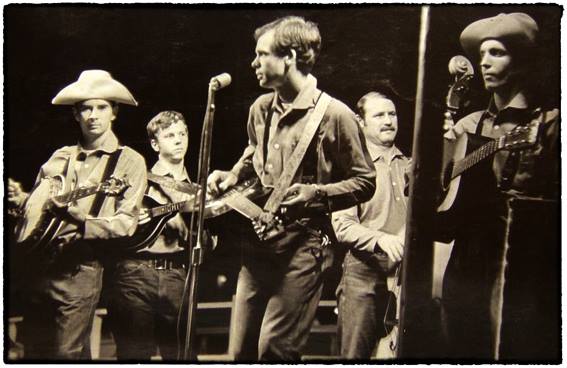
Scottsville Squirrel Barkers in the beginning: Kenny Wertz, Chris Hillman, Larry Murray, Ed Douglas, Gary Carr.
By early 1968 Rick Cunha had left the group and was replaced by another San Diego bluegrasser (and sometimes Squirrel Barker) Bernie Leadon, and the trio’s second album, Of Horses, Kids, and Forgotten Women, saw them digging even deeper into traditional country music. That included Merle Kilgore’s “Two Little Boys” and Bill Monroe’s “Molly and Tenbrookes,” which they rewrote a bit and called “The Legend of Old Tenbrookes.” There was also a version of Leadbelly’s “When I was a Cowboy.” Also, on this second album the group experimented with a sort of Sergeant Pepperesque Beatles’ orchestration. The results were nothing short of fabulous with a masterful weave of diverse influences. Yet they continued to receive almost no commercial attention. By mid-1968 they had gone their separate ways. Leadon went on to spend time with Dillard and Clark, Linda Ronstadt, and the Flying Burrito Brothers before being certified as a country-rock legend by his role as a founding member of the Eagles.
Larry Murray went on to a couple of solo efforts, some producing (including an exquisite Barnaby LP by Mary McCaslin that someone should get wise and reissue) and some work as a country artist in Australia. Hearts and Flowers were soon forgotten in spite of the influence they had on the whole country-rock genre.
A sample of Murray’s solo work.
Back in 2003, a two-CD retrospective was released, featuring the group’s two albums in their entirety, plus 13 bonus tracks of unreleased stuff, including a cover of Fred Neil’s “Everybody’s Talking,” which clearly served as the source for Nilsson’s later hit (minus the strange sitar solo). There are also covers of Gordon Lightfoot and Phil Ochs along with some fine Larry Murray originals.
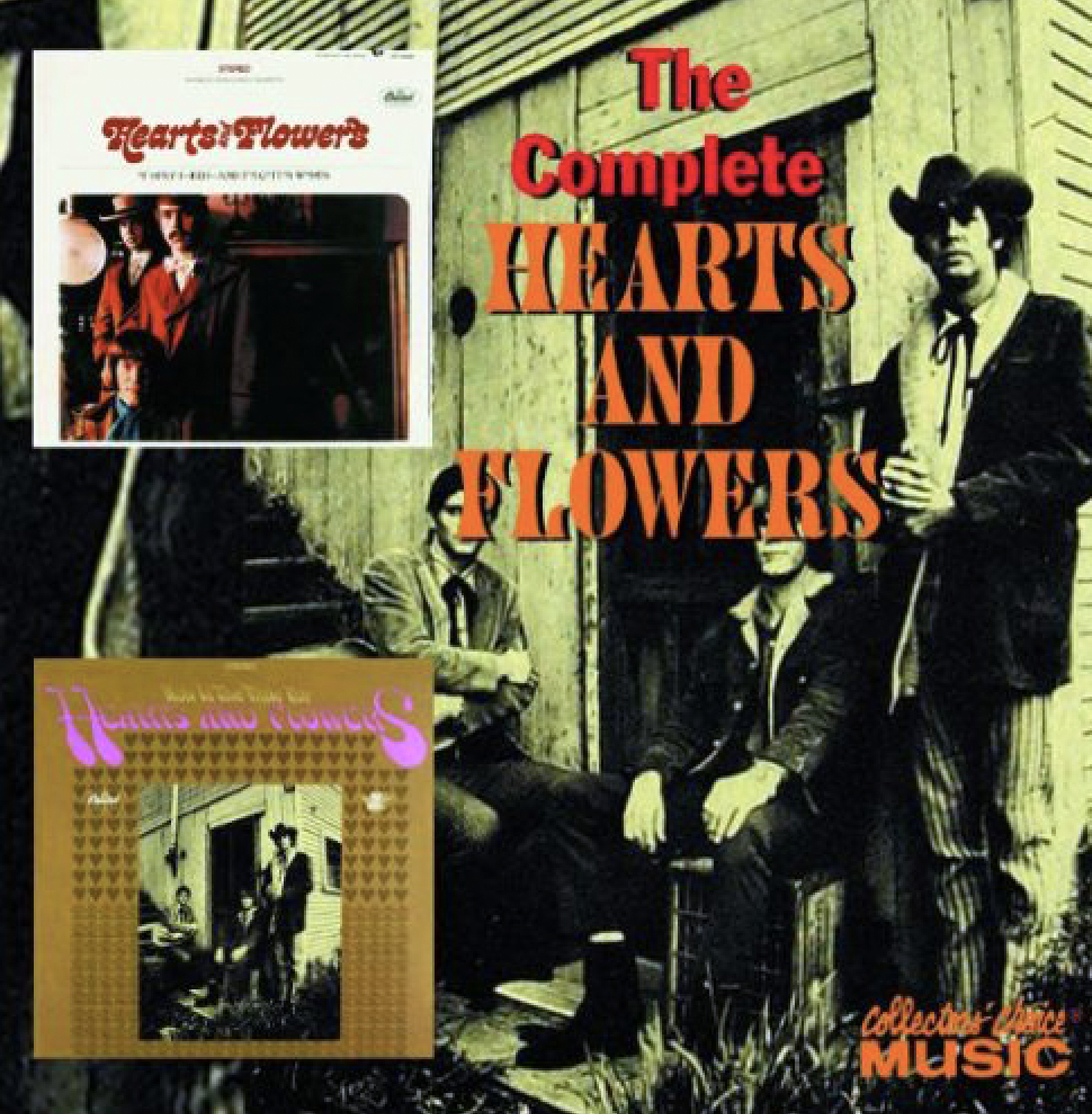
The Complete Hearts and Flowers album cover.
If you’re looking to hear an important part of the L.A. country-rock scene that has heretofore been left out, pick up these CDs. You’ll be in for a treat and also help rewrite some of those rock ‘n’ roll encyclopedias. [The Complete Hearts and Flowers: Collector’s Choice Music #72435-43252-2-9]
An Added Note
I first met Larry Murray in 1963 or so out at San Diego State where he and I were founding members of the Campus Organized Folksingers and Folksong Society. I guess I met Bernie a short time after that. Larry, along with Ed Douglas, founded the Blue Guitar shop out on Midway Drive in San Diego and, with Chris Hillman, Kenny Wertz, and Gary Carr, became full-time (and others part-time) Scottsville Squirrel Barkers (Bernie was one of the part-timers). This year an effort is being made to reunite the original Squirrel Barkers either for the 30th Annual Adams Avenue Roots Festival in April or the Adams Avenue Street Fair in September.
It was right at the peak of the Squirrel Barkers local popularity that Larry, Bernie, Jerry Houck, and I went up to the UCLA Folk Festival together in 1965. It was a fabulous line-up, including the Doc Watson Family, Reverend Gary Davis, A.L. Lloyd, the New Lost City Ramblers, Carl T. Sprague, the Stoneman Family, Almeda Riddle, Elizabeth Cotton, and Bukka White. That festival put the bug in me to start doing my own festivals, which I started doing in 1967. It took Larry Murray and Bernie Leadon in other directions.
Recordially,
Lou Curtiss
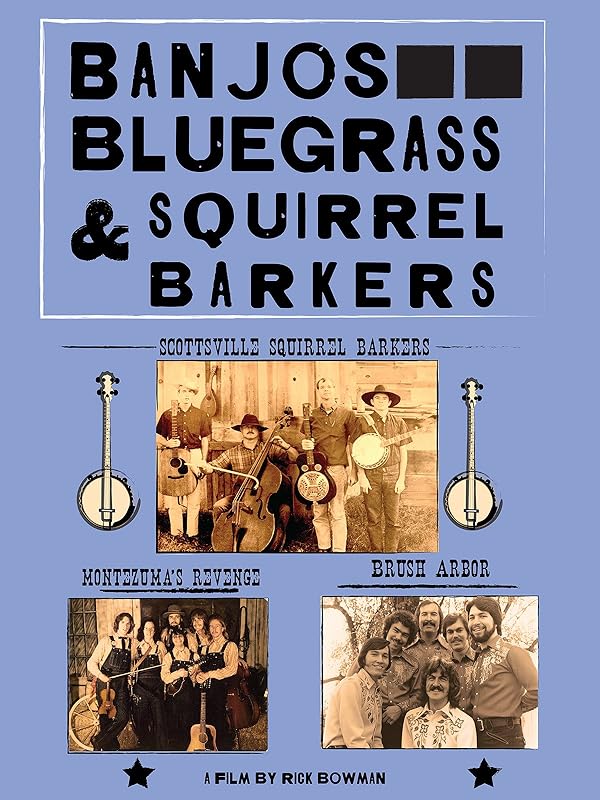
Reprinted from the 2003 edition of the San Diego Troubadour, Recordially, Lou Curtiss, February 2003
For further information about the San Diego bluegrass scene in the early 1960s, there is an excellent documentary called Banjos, Bluegrass & Squirrel Barkers, directed by Rick Bowman, which features the Squirrel Barkers (as well Montezuma’s revenge and Brush Arbor), with a lot of commentary from the members. Ed Douglas shares a lot of funny memories about Larry. Highly recommend.


